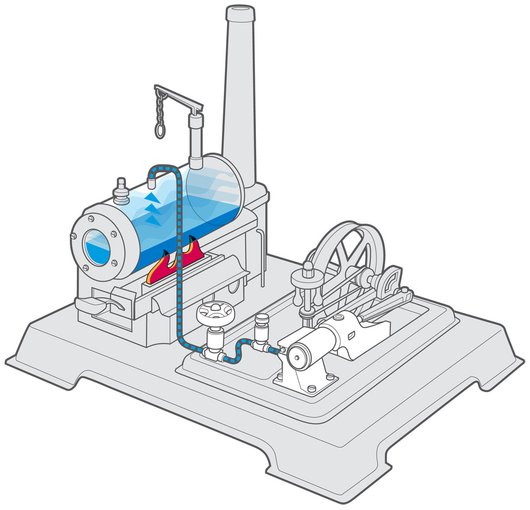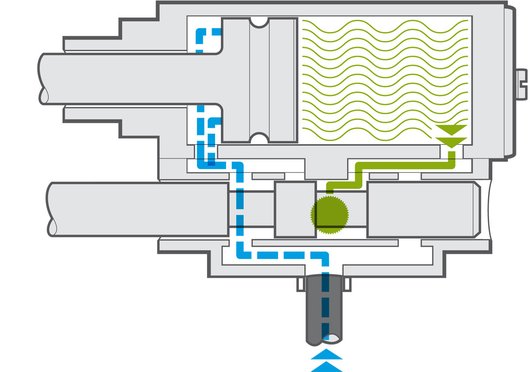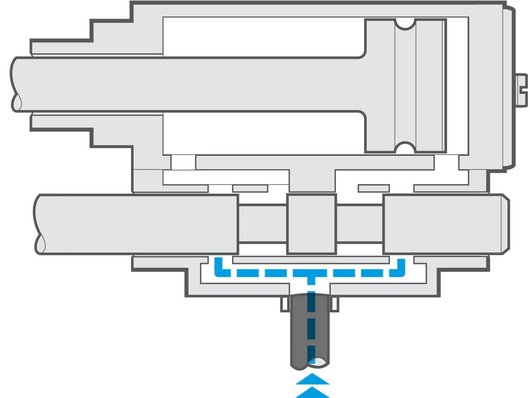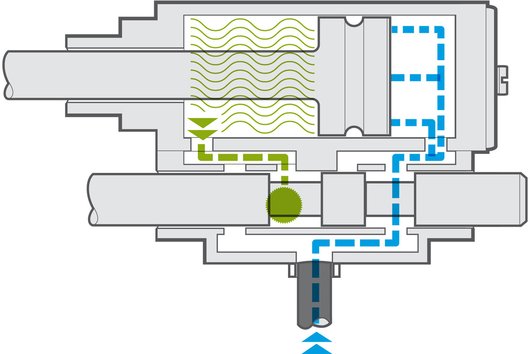What is a steam engine?
The question: “What is a steam engine?” was already asked in the classic film Feuerzangenbowle.
The steam engine ushered in a new era in the second half of the 18th century: the beginning of industrialization. The Scottish inventor James Watt (1736-1819) improved on previous inventions and patented his design in 1769. He continually perfected his steam engine model and is considered the discoverer of the benefits of steam expansion.
When “water and fire” create energy that drives drills, saws, hammer mills and organs, Wilesco steam engines are the ideal demonstration, learning and play material.
At the beginning of the 19th century, entire factories were equipped with a central steam engine. This engine powered the individual machines via transmissions.
Wilesco technology connects generations.
Wilesco steam engines are models steeped in tradition—but more contemporary than ever! Heat is converted into mechanical energy and thus used for propulsion. Today's steam power plants use turbines instead of piston-driven engines. The principle of energy conversion, however, is the same.
Safety first
All machines have a GS or type-tested seal, which is awarded and monitored by TÜV Nord.
Experience
For more than 60 years of Wilesco steam models, over three million steam models have provided the ultimate in steam fun. The longevity of Wilesco steam engines also makes collectors' hearts beat faster.
Wilesco kits offer the opportunity to build technology yourself for almost every age group and different model building skills.
Wilesco steam models: hands-on technology, creative fun.
| Fire heats the water in the boiler and brings it to a boil. The resulting steam pressure (blue) is fed to the unit through steam pipes. A valve is installed to regulate the steam flow. |

|
| Due to the position of the slide rod, the steam (blue) can only enter the left side of the cylinder. At the same time, the exhaust steam exits the cylinder through another opening on the right side (green). The steam thus pushes the piston to the right. |  |
| Shortly before the piston reaches its dead center, the valve rod switches. The steam supply is briefly interrupted and then reversed. Dead center refers to the two end positions of the piston. These positions are overcome by the flywheel's centrifugal mass. |  |
| Now that the slide rod has released the steam supply to the right side, the steam (blue) pushes the piston back to the left. The exhaust steam (green) in the cylinder on the left side can now escape to the outside. |  |
